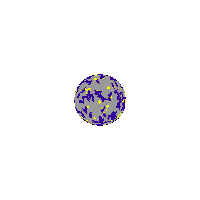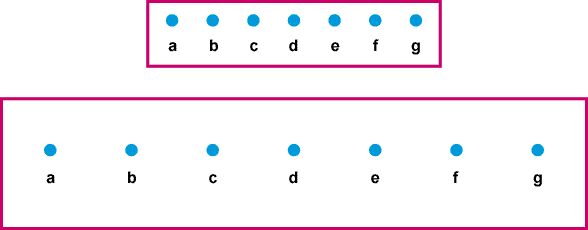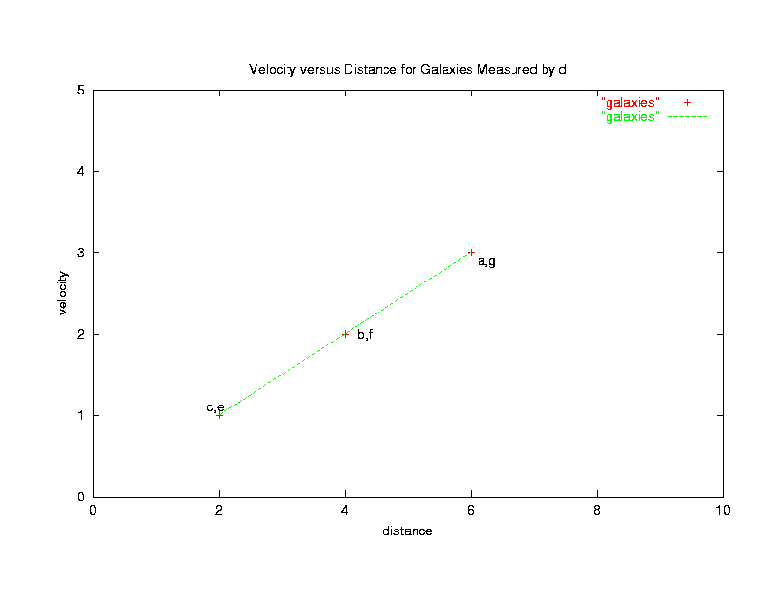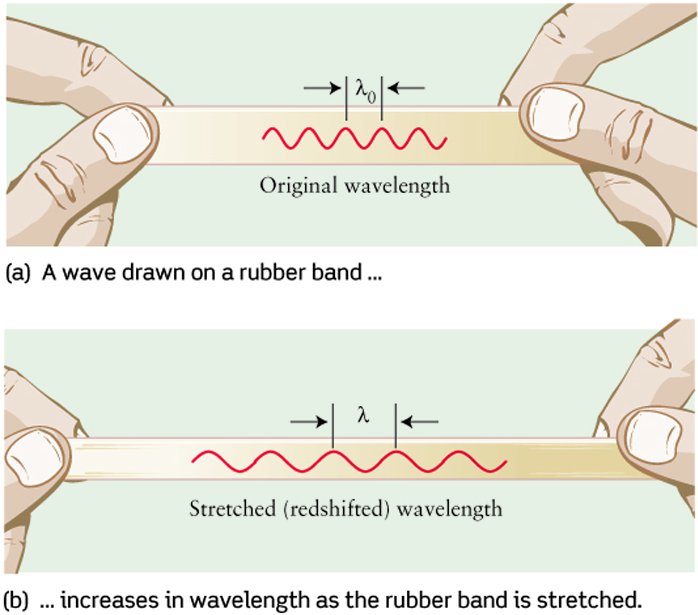- The astronomer in galaxy d observes that all galaxies are
moving away from galaxy d and that the velocity increases
linearly with distance.
- Another astronomer in another galaxy (say galaxy c )
can also make similar measurements.
- The astronomer at galaxy c will also find that all galaxies
are moving away from galaxy c and that the slope of the graph
of velocity versus distance is 0.5/s, exactly the same as for the
astronomer in galaxy d .
- However, one important difference: This model has two
galaxies to the left of galaxy c and four galaxies to the
right of galaxy c.
- The astronomer in galaxy c will see that more galaxies
are in one direction, and thus can tell that galaxy d is at a special
location.
- If we wish to adopt the Copernican principle, that we are
not in a special location in the universe, we should add another
complication to this simple one-dimensional model. Two
ways to change the model are:
- The universe should be infinite in size, so that an infinite
number of galaxies exist. This means that there is no edge to the
universe and that every astronomer in every galaxy sees
that there are an infinite number of galaxies to the right
and to the left. This type of model is called open.
- The universe has a finite number of galaxies, but they
exist on a closed loop, so that galaxy a is next to galaxy g.
In this universe it is possible to travel in one direction for
and end up at the starting point. This type of model is
called closed.
- Both open and closed models have the property that there
is no special galaxy. All astronomers making cosmological
measurements from different galaxies agree on the properties
of the universe.
- Balloon example (in 3D) is exactly the closed model
of the Universe.
- An infinite 3D plane is an example of an open model
of the Universe (but there are others).
|





